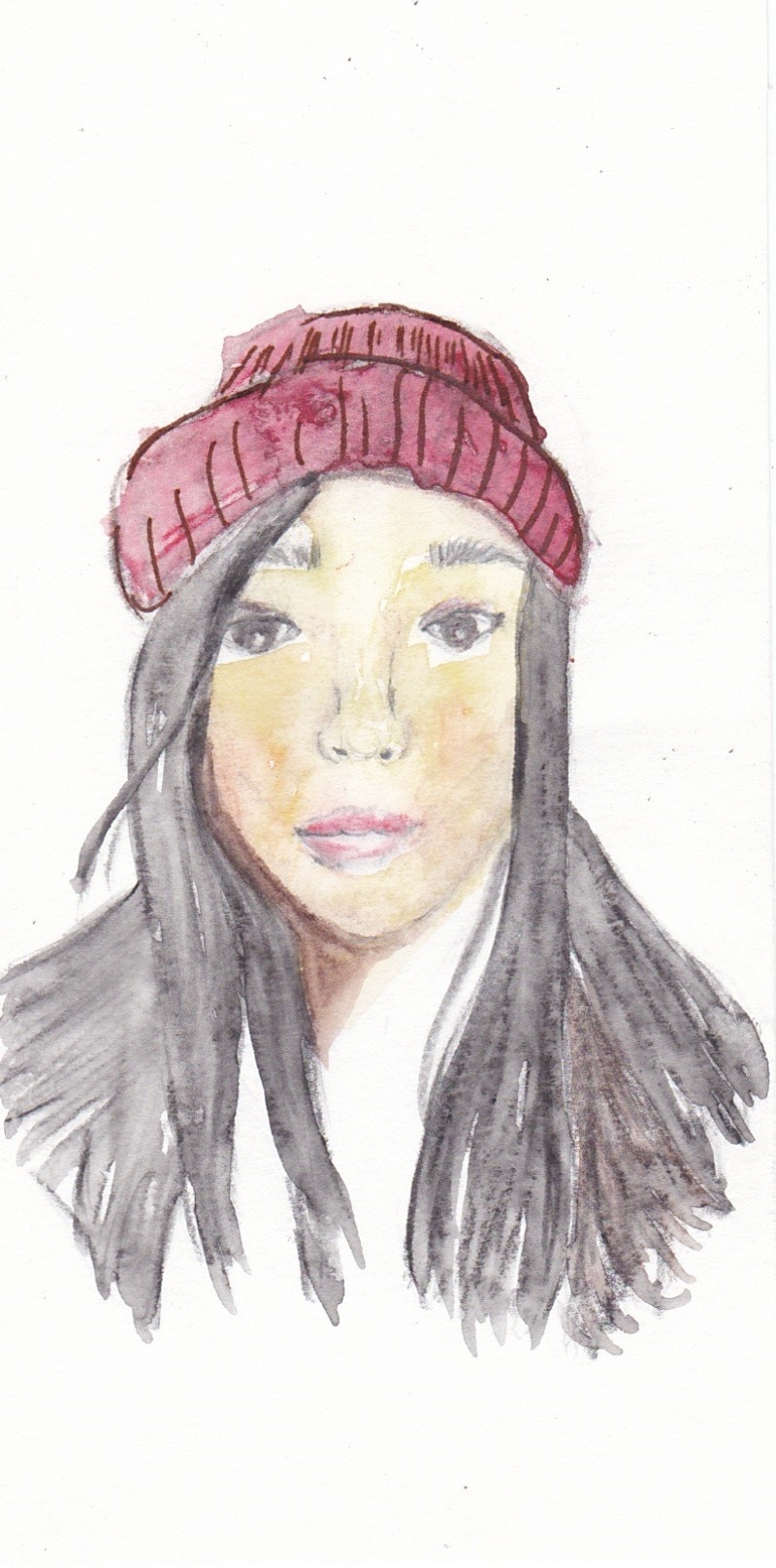As a kid who loved art time in elementary school, I’d get psyched and messy with vibrant colors, textures, and liquids. So much so that I barely noticed the glittery yellow, blue, and pink that stained my dress, or my mom waiting for me, suddenly signalling the end of the day.
One day in 1996, my teacher made an even larger stain on my racial and cultural identity that had not yet solidified. She insisted on making all my drawings identify with the ‘skin color’ pencil crayon which, even back then, evoked a particular confusion and sadness.
“What color is this? It’s ‘Skin Color’,” she said, holding up the pencil crayon. “You use it for coloring skin, okay?”
But how is that okay?
‘Skin color’ is a peachy, off-white tone that I was made to color with for as long as I could remember because of my early years of conformity in a predominantly white neighborhood. ‘Skin color’ would obviously only align with those who identify as ‘white’. At an early age it was devastating enough to slowly realize that upon first impression, I’m ‘Asian’, and not quite like everyone else.
Since then, I’ve meandered on my cultural identity as a Japanese- Canadian person and made it all the way until last year when I recognized the need to combine a bunch of colors, because ‘skin color’ was not right for me. I conjured up the courage to smudge a crisp yellow, modest brown, and pure white together, feeling empowered and righteous that I chose to represent my skin in my self-portrait. It felt rebellious and almost wrong to go against the classic ‘skin color’, but it was much needed. Thankfully, crayons now have a pack of shades called ‘skin color’.
Having to self-empower is not easy when dealing with a lot of pre- baked power structures, stereotypes, and lack of media representation for BIPOC, which are massive societal renderings, enough to make you question your own legitimacy. This is what internalized racism looks like, deeply political and historical. Resistance lies in an attempt to harden my notions of beauty against the backdrop of the double- edged fetishization of Asian women, dictated by numbing, redundant Euroethnic standards. Bluntly said, it has made me feel powerless, as though I’m not beautiful unless I’m white, or wearing a kimono.
How can I take up space through my own definitions of beauty and representation? A big question. So far, it’s been going back to being a 6-year-old artist, coloring her own skin.

